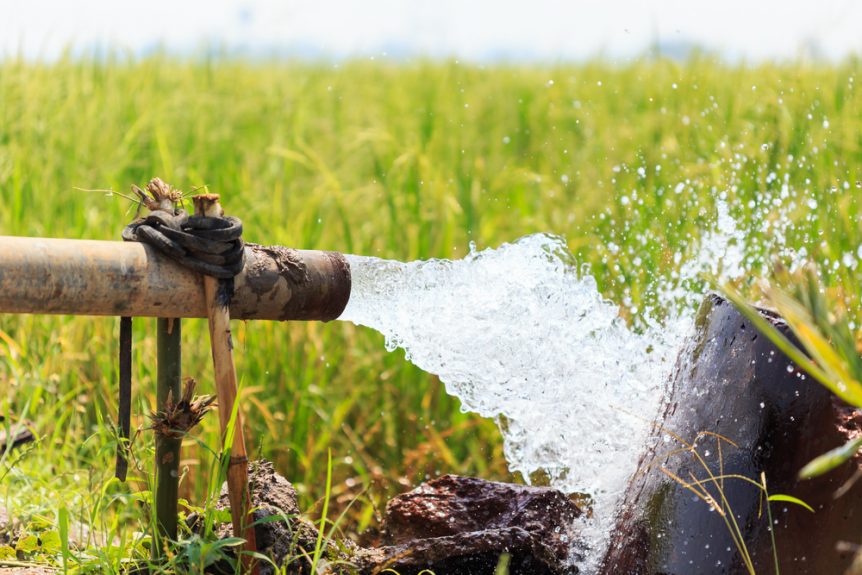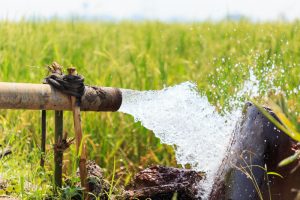Several storm systems have substantially increased the state’s snowpack. As a result, the Department of Water Resources (DWR) is increasing water allocations for the State Water Project (SWP). The last allocation update had been 35 percent, announced back in February. DWR has increased the SWP allocation to 75 percent, which translates to an additional 1.7 million acre-feet of water for water users.
“California continues to experience weather whiplash, going from extreme drought to at least 19 atmospheric rivers since late December. It really demonstrates that in times of plenty, we need to move as much water into storage as is feasible,” DWR Director Karla Nemeth said in a press release. “We’ve been able to manage the system to the benefit of communities, agriculture and the environment. It’s certainly been a welcome improvement following the three driest years on record for California.”
As of March 24, DWR reports that the statewide snowpack is more than double the average for this point in the season. Altogether, California’s snowpack is being measured as 225 percent of the April 1 average. The abundant snowpack will continue to bolster water supplies as temperature warm up and reservoirs continue filling. Many of the state’s largest reservoirs are likewise above the historical average for this point in the year. DWR is expecting the San Luis Reservoir in Merced County to end the wet season at full capacity. The largest reservoir in the SWP system, Lake Oroville is at 119 percent of the average. Water is currently being released through the Oroville Spillway to mitigate flood risk.
Additional water is being made available to contractors with the availability to store water in their own system, which includes groundwater recharge projects. Water coming from the high flows in the system and moved into storage will not count toward formal SWP allocation amounts. DWR notes that needed improvements to SWP infrastructure are emphasized in light of the high flow events California has been experiencing this season.











